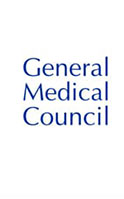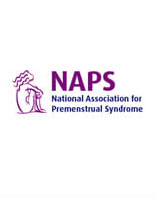Sonohysterography
Sonohysterography also called hysterosonography, is a safe and painless procedure that uses sound waves to generate computerised images of a woman’s uterus and other internal organs. It helps in diagnosis of female fertility and health issues such as unexplained vaginal bleeding, fibroids and endometrial cancer.
What are the Indications for Sonohysterography?
Sonohysterography is recommended for the diagnosis of medical conditions such as:
- Abnormal menstrual bleeding
- Uterine polyps
- Uterine fibroids
- Repeated miscarriages
- Infertility
- Uterine scarring
- Abnormal shape of the uterus
- Endometrial/uterine cancer
What are the Contraindications for Sonohysterography?
Women with pelvic inflammatory disease (PID) are not recommended for sonohysterography. For pregnant women, extra care is taken and they are not given saline.
Preparation for Sonohysterography
Sonohysterography does not require any special preparation. Inform your doctor if you are pregnant. Leave your jewellery at home and wear loose, comfortable clothing. You may be asked to change into a gown at your doctor’s clinic or hospital.
When Should You Go for a Sonohysterography?
The best time to undergo sonohysterography is the next week after your period ends. This enhances the accuracy of your test results and reduces the risks of infection.
Procedure: What Happens During Sonohysterography?
- You will be asked to empty your bladder.
- Then, you will lie on your back on the table, with your knees bent and feet in stirrups.
- A transducer, coated with a special gel, will be inserted into your vagina.
- A small tube called a catheter is inserted into your vagina so your doctor can inject sterile saline into the uterine cavity for better viewing.
- Then, the transducer sends high-frequency sound waves through the gel into your body.
- The sound waves produce real-time images of the inside of your uterus.
- These images are captured on a computer screen connected to the transducer.
- After the images have been collected, your doctor drains the saline and removes the transducer and
Sometimes the procedure can be performed without introducing a solution of saline, in the case of pregnant women.
The entire procedure is usually completed within 30 minutes.
What are the Benefits of Sonohysterography?
Sonohysterography is a safe procedure as it uses ultrasound (sound waves).
- It does not use ionizing radiation.
- It produces a clear picture of soft tissues that aren’t clearly visible through X-ray imaging.
What are the Risks and Complications of Sonohysterography?
Sonohysterography is a relatively safe procedure. However, some women may feel discomfort during the procedure. In rare cases, a pelvic infection may occur.
Care after Sonohysterography
You may go home right after your procedure. In most cases, you may resume your normal activities soon after.
After the procedure, you may experience:
- Pain or cramps
- Light spotting
- Leakage of fluid from your vagina
This is normal. Your doctor will prescribe medicines for pain relief.
When to Visit Your Doctor after Sonohysterography?
You should visit your health care provider if you develop any of the following symptoms during the next few days after your sonohysterography:
- Severe pain
- Abnormal vaginal discharge that persists
- Fever







